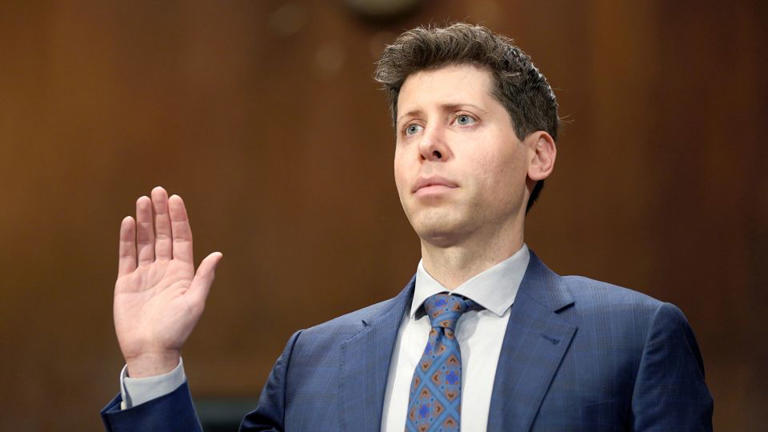by Brian Shilhavy
Editor, Health Impact News
While I was among a very small minority in the 4th quarter of 2022 warning the public about the Big Tech crash that was coming and was a threat to bringing down the entire U.S. economy, judging from my newsfeed the past 2 weeks, I no longer think that this view is the minority view anymore.
Both the alternative and corporate media are increasingly printing news and opinion pieces about how dangerous it is right now to have just a handful of Big Tech companies holding up the entire stock market, and mostly because of the hype over AI.
I am going to highlight much of this news in this article, along with evidence that the banking crisis is actually getting worse, and then go further than most will dare to go, and consider the question: Is this all intentional??
Without the influence of AI as an investment theme, the S&P 500 would be DOWN this year.
Graham Summers of Phoenix Capital Research is seeing what many other investors are observing, and this is what is making a LOT of people on Wall Street nervous these days.
Artificial Intelligence (A)I is the current major them for the markets. With economically related companies (TGT, X, etc) showing lower returns, investors are piling into AI as the next major source of growth for corporate top lines (revenues) and profit margins (presumably AI will replace many employees which will lower operating costs).
As far as market price action is concerned, anything associated with AI is in a strong uptrend. The most notable example is Nvidia (NVDA) which has more than doubled year to date. Even the multi-trillion dollar market cap giant Microsoft (MSFT) has caught a bid due to its exposure to AI. MSFT is up 30% year to date.
AI is THE market mover for 2023. Societe General has noted that AI-associated stocks account for ALL of the gains in the broader stock market this year.
Put another way, without the influence of AI as an investment theme, the S&P 500 would be DOWN this year.
Indeed, things are becoming so frothy as far as AI is concerned that executives are mentioning AI as frequently as possible during earnings calls… even if their company has little if any exposure to the new technology!
What does this all mean? (Full article.)
Financial analyst Charles Hugh Smith, never one to pull punches or follow the corporate propaganda, chimed in this week as well.
What If AI Is Only a Cost and Not a Profit Bonanza?
No one knows how the flood of AI products will play out, but we do know it’s unleashed a corporate frenzy to “get our own AI up and running.” Corporate fads are one of the least discussed but most obvious dynamics in the economy. Corporations follow fads as avidly as any other heedless consumer, rushing headlong into whatever everyone else is doing.
So let’s talk about costs of AI rather than just the benefits. Like many other heavily-hyped technologies, Large Language Model (LLM) AI is presented as stand-alone and “free.” But it’s actually not stand-alone or free: it requires an army of humans toiling away to make it functional: “We Are Grunt Workers”: The Lowly Humans Helping Run ChatGPT Make Just $15 Per Hour (Zero Hedge).
“We are grunt workers, but there would be no AI language systems without it. You can design all the neural networks you want, you can get all the researchers involved you want, but without labelers, you have no ChatGPT. You have nothing.”
The tasks performed by this hidden army of human workers is euphemistically sanitized by corporate-speak as data enrichment work.
Then there’s the stupendous costs of all the extra computing power needed to deliver AI to the masses: For tech giants, AI like Bing and Bard poses billion-dollar search problem
What makes this form of AI pricier than conventional search is the computing power involved. Such AI depends on billions of dollars of chips, a cost that has to be spread out over their useful life of several years, analysts said. Electricity likewise adds costs and pressure to companies with carbon-footprint goals.
LLM-AI is riddled with errors, and nobody can tell what’s semi-accurate, what’s misleading and what’s flat-out wrong. Despite wildly optimistic claims, locating the errors and semi-accuracies can’t be fully automated. Errors are inconsequential in an AI-generated book report, but when patients’ health is on the line, they become very consequential: I’m an ER doctor: Here’s what I found when I asked ChatGPT to diagnose my patients.
This raises fundamental questions about precisely how much work LLM-AI can perform without human oversight, and the all-too breezy claims that tens of millions of jobs will be lost as this iteration of AI automates vast swaths of human labor.
AI excels at echo-chamber reinforcement of risky or error-prone suppositions and policies: Spirals of Delusion: How AI Distorts Decision-Making and Makes Dictators More Dangerous. What’s the threshold for concern that the AI conclusions are riskier than presented? How do we calculate the possibilities that the AI conclusions are catastrophically misguided?
At what point will decision-makers realize that trusting AI is not worth the risk? If history is any guide, that realization will only arise from financial losses and bad decisions. (Full article.)
The corporate financial news, while not as dire as the alternative media, is also getting nervous.
The Nasdaq is on the verge of exhaustion, says famed technical strategist Tom DeMark
Stocks have climbed a mountain of worries this year, ranging from lingering inflation to bank collapses to the possibility that the U.S. Congress might just decide not to pay its bills. But has the run, also fueled by excitement over artificial intelligence, gone too far? (Full article.)
The ‘end of the runway’ is nearing for lofty tech and soggy banks. Get ready, says this strategist
A new week is pointing to a perky start for Wall Street, with stock futures in the green. But one might wonder “What gives?” as old worries — banking sector concerns and a debt-ceiling standoff — lurk, and some market observers assure the S&P 500 SPX, is going nowhere until those are resolved.
But that index may be nearing the breaking point sooner than any Washington solution can get there, judging by the technical setup, says our call of the day from BTIG’s chief market technician, Jonathan Krinsky.
“We think we are reaching the end of the runway, where either banks need to begin to rally, or tech needs to fall. We continue to think it’s the latter and saw the start of that move on Friday,” Krinsky told clients in a note. (Full article.)
Banking Crisis Worsens
As you can see from the corporate news coverage, they continue to worry about more banks failing, and how are all these Tech companies going to fund their AI products if their banks continue to fail?
More on the banking crisis:
SVB and First Republic failures are just the start of a lengthy banking crisis — if you believe 800 years of history
The Banking Crisis Has Produced Extraordinary Testimony about Land Mines Lurking in the U.S. Banking System
If banking liquidity continues to dry up, the smaller technology companies now investing in AI which are dependent upon banking loans will most certainly run into major problems, if they survive at all.
That leaves the Big Tech mammoths which have plenty of their own capital to invest left standing to move AI forward.
But even if the Big Tech companies like Microsoft, Google, Apple and others have money to spend on AI, where is the hardware going to come from when the U.S. is now threatening military conflict with China over Taiwan?
The U.S. is rapidly trying to start producing more hardware here in the U.S. rather than be so dependent upon China, but in what was perhaps the most stunning news I have read all week so far, analysts from Morgan Stanley stated that it would take decades and trillions of dollars to reshore our supply chains if China suddenly stopped their exports to the U.S.
From ZeroHedge News:
Morgan Stanley Shows Why US-China Decouple” Is “Neither Possible Nor Desirable” In One Stunning Chart
The US and China have been locked in a five-year trade war. Lawmakers in Washington have been touting the economic “decoupling” of the world’s two biggest economies, but that has not yet happened.
It’s unclear if a full decoupling is even achievable. Western countries urge corporations to rejigger supply chains from China to other “friendlier” countries like India, Indonesia, Thailand, and Mexico.
However, there’s one problem: even if firms relocate their manufacturing base to other countries, components are still sourced from China. The reality of achieving full decoupling appears more challenging and complex than once thought (and costlier).
Morgan Stanley’s global director of research Katy Huberty told clients earlier this week that a complete “re-wiring” of the EV battery supply chain out of China would require a $7 trillion investment by the West through 2040.
In a separate Morgan Stanley report earlier this month, a team of strategists revealed:
The reality is that a complete decoupling of the US economy from China is neither possible nor desirable. It will take many years to shift the supply chain, and the US will remain dependent on China in many areas. However, investing in the technology sector now requires a change in thinking to navigate the economic implications of multi-polarization. Investors need to consider the broad investment themes associated with geopolitical risks rather than just taking a bottom-up view.
With that understanding, the analysts provided a breathtaking view of how the world’s technology companies are interlinked. A full decoupling of China and the US is only possible if a war over Taiwan occurs. If that happens, global supply chains will crash overnight, essentially a reset.
Even though relations between US and China have deteriorated sharply in recent years, a full decoupling is impossible at the moment, and if the West were to friendshore and reshore supply chains, it would take decades and trillions of dollars. (Full article.)
Did Sam Altman Really Go to Washington D.C. to Warn Legislators About the “Dangers of AI”?
Mr. ChatGPT goes to Washington: OpenAI CEO Sam Altman testifies before Congress on AI risks © Provided by CNN. Source.
The one Big Tech mogul who has already cashed in on AI is Sam Altman, the CEO of OpenAI, which produces ChatGPT. Altman brokered a $10 billion deal with Microsoft for them to use it with Bing.
It is his product that has taken the world by storm since late last year, with hundreds of millions of people now using ChatGPT.
The rapid pace in which chat AI is now being used has raised many ethical issues, and so a show was produced in Washington D.C. this week to allegedly deal with this “danger” to society, and Sam Altman was the star of the show. (Everything televised out of Washington D.C. is a scripted show, and purely entertainment.)
Altman allegedly “testified” to Congress that AI was a “danger to society” and most certainly should be regulated. From Forbes:
Sam Altman testified before a Senate Judiciary subcommittee yesterday, following the resounding success of ChatGPT, his company’s large language model chatbot. Following in the footsteps of Jeff Bezos and Mark Zuckerberg, who have also been quizzed by lawmakers seeking to understand their companies, Altman’s three-hour hearing saw him swap his usual sweater and jeans for a suit and tie to answer questions on artificial intelligence and Chat GPT.
Joining Altman at the hearing were Christina Montgomery, chief privacy and trust officer for IBM and Gary Marcus, professor emeritus at New York University, who is a frequent critic of AI technology. The hearing was fast-paced and covered a lot of ground, but ended amicably. “You’ve performed a great service by being here today,” said Senator Richard Blumenthal, the subcommittee chair, to the three witnesses as they closed out the session.
Expected to be discussed were topics such as jobs, accuracy, misinformation, bias, privacy and copyright, all of which have huge implications for entrepreneurs looking to use AI in their work or to create AI tools. Those topics were discussed, but to one unanimous conclusion; artificial intelligence needs to be regulated.
Everyone in the room agreed it should happen, but the details of who, how and when are yet to be decided. (Source.)
As I have mentioned in much of my previous coverage over the hype of AI and the dangers of it crashing the economy, one of the things that could most certainly could kill the chat AI market is government regulation that will either restrict it, or ban it altogether.
So why would Altman want that??
For those not familiar with the political productions cast in Washington D.C., let me interpret the propaganda for you here.
Sam Altman goes to Washington D.C. to “testify” before Congress that chat AI is dangerous to society, and that it most certainly needs to be regulated. Everyone agrees, applauds him, but nothing is decided.
That’s most likely because what is going to be regulated will be decided by Sam himself, along with his investor at Microsoft, Bill Gates, and probably his buddy who helped him get this all started, Elon Musk (and I am sure a few select others).
They will probably ultimately draft the legislation that will decide that they are the ones who need to control this very “dangerous” technology which would soon replace humans if they didn’t act, and as the economy crashes, pretty much everyone else investing in chat AI will go out of business, or be regulated out of business, and a select few Big Tech billionaires will be left controlling everything.
Their partners of course will be people like Jamie Dimon at JPMorgan Chase and a few other select banks that will be too big to fail.
I actually have quite a bit more evidence to support this theory, but this article is getting too long already, and so I will leave much of that to future articles.
But in closing, let’s not forget that all these billionaires belong to the Jeffrey Epstein pedophile fraternity.
I have published the links of Elon Musk and Bill Gates to Epstein in the past, and here’s one that links Sam Altman’s past to the Epstein financial network, and also to FTX criminal Sam Bankman-Fried.
OpenAI CEO Sam Altman raises nearly $100M for creepy crypto project that uses ‘Orb’ to scan eyeballs
OpenAI CEO Sam Altman has raked in nearly $100 million – including from indicted FTX fraudster Sam Bankman-Fried and Jeffrey Epstein’s former comrade Reid Hoffman – for his latest cryptocurrency project that relies on a creepy eye-scan “Orb” to verify users.
The funds will be used to advance Worldcoin — Altman’s plan for a secure, global cryptocurrency that offers free crypto in exchange for a scan of users’ eyeballs. (Full article.)
Also, Altman is a featured guest this week at the Bilderberg Meetings.
Secretive Bilderberg Gathering Of Global Elites Kicks Off: See Who’s Attending & What They’re Discussing
Nah, these guys wouldn’t intentionally crash the U.S. economy, would they?
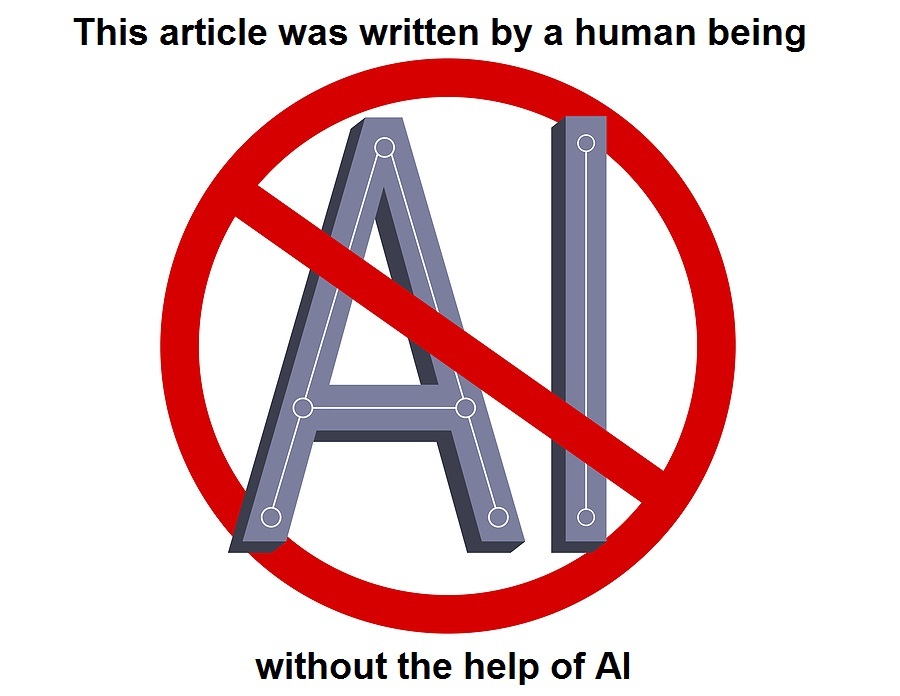
See Also:
Understand the Times We are Currently Living Through
Who are the Children of Abraham?

The Brain Myth: Your Intellect and Thoughts Originate in Your Heart, Not Your Brain
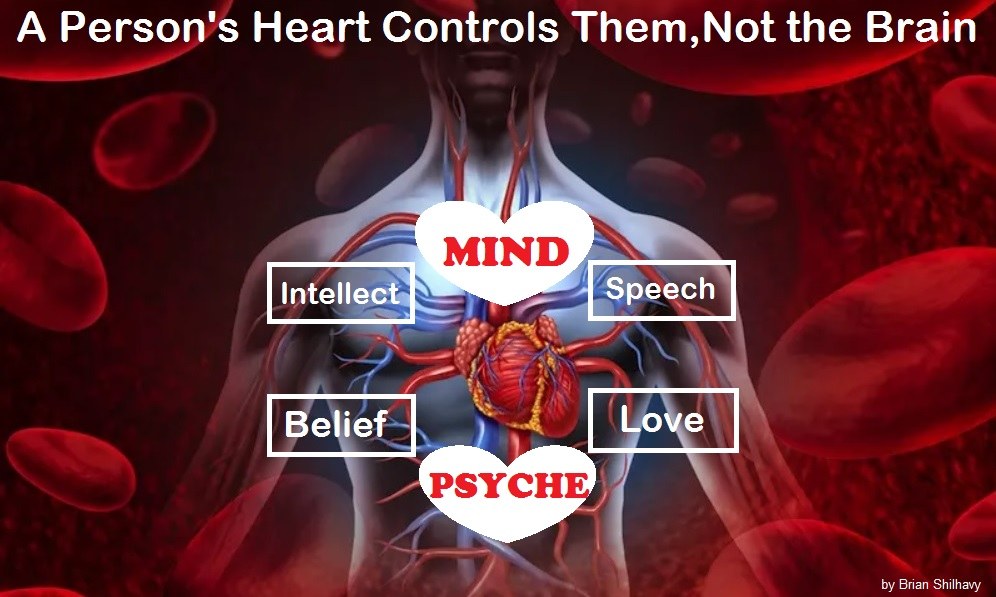
God Will Not be Made a Fool – A Person Reaps What he Sows

An Invitation to the Technologists to Join the Winning Side
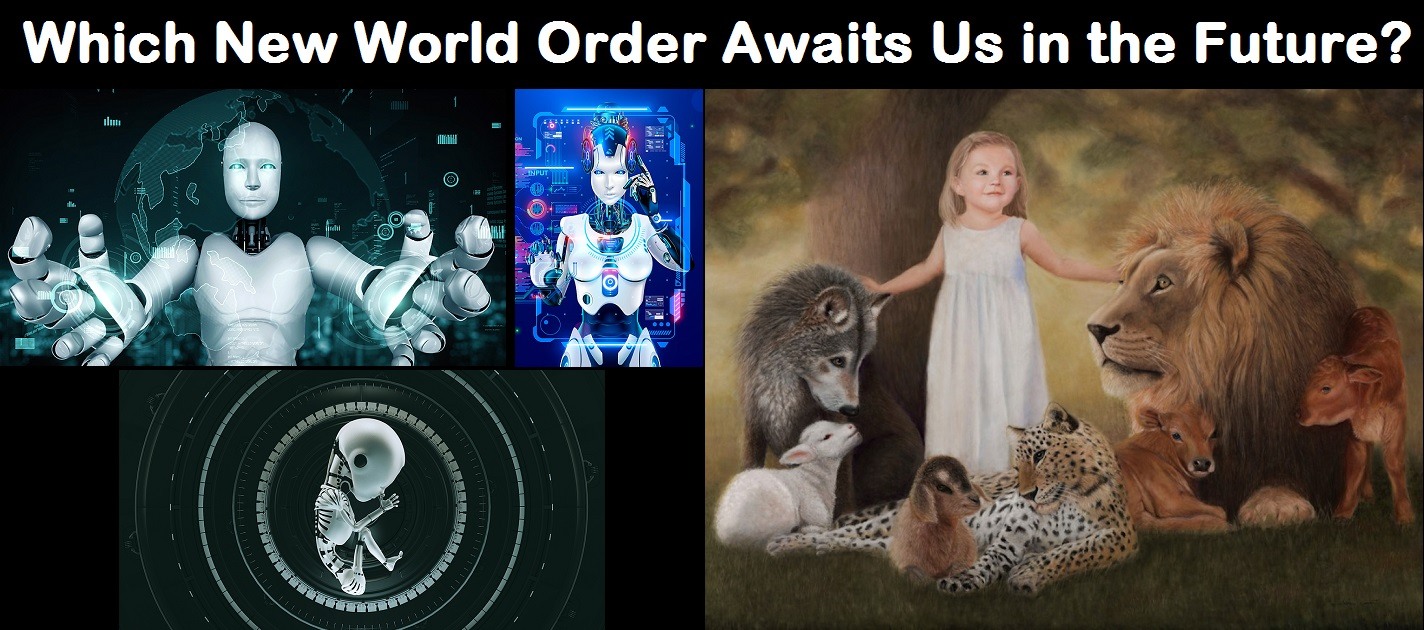
The God of All Comfort
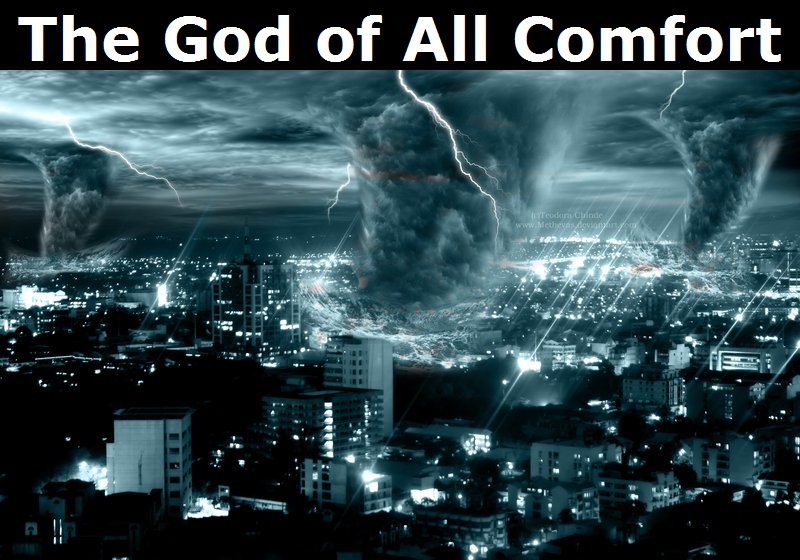
Fact Check: “Christianity” and the Christian Religion is NOT Found in the Bible – The Person Jesus Christ Is

How to Determine if you are a Disciple of Jesus Christ or Not

Synagogue of Satan: Why It’s Time to Leave the Corporate Christian Church

What Happens When a Holy and Righteous God Gets Angry? Lessons from History and the Prophet Jeremiah

Insider Exposes Freemasonry as the World’s Oldest Secret Religion and the Luciferian Plans for The New World Order
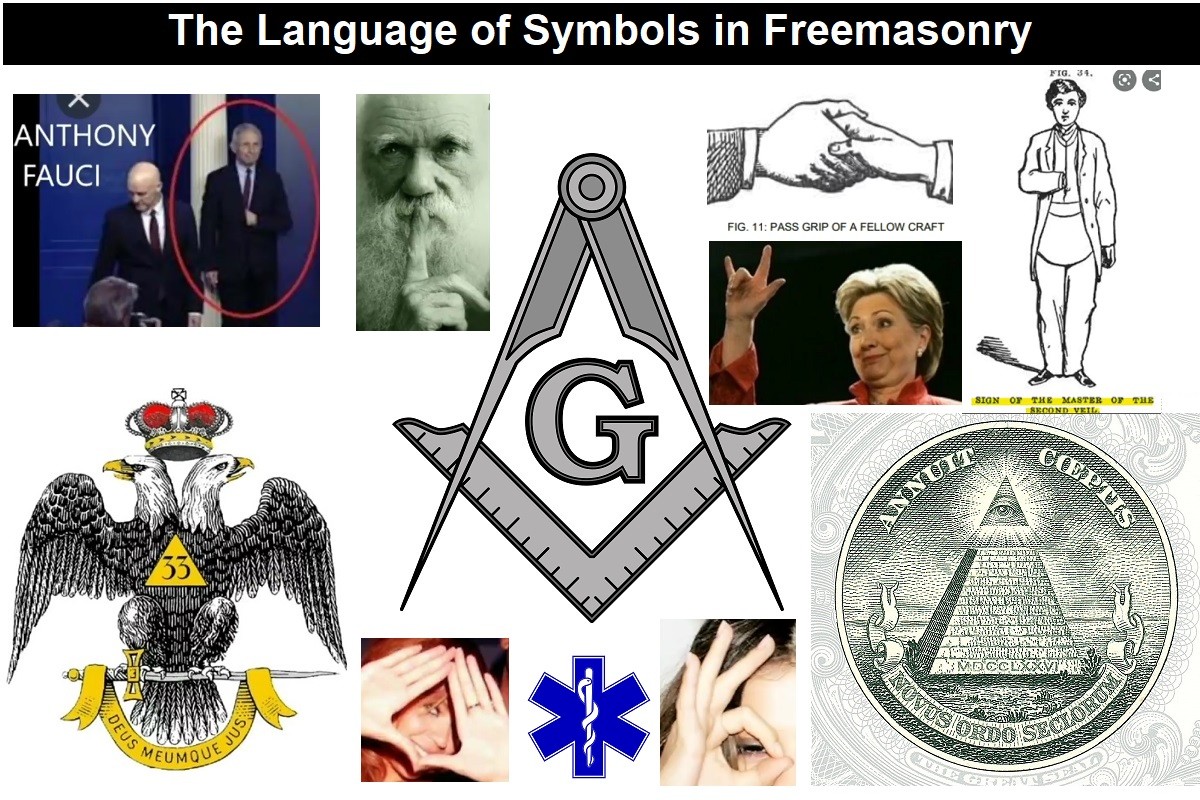
Published on May 18, 2023

